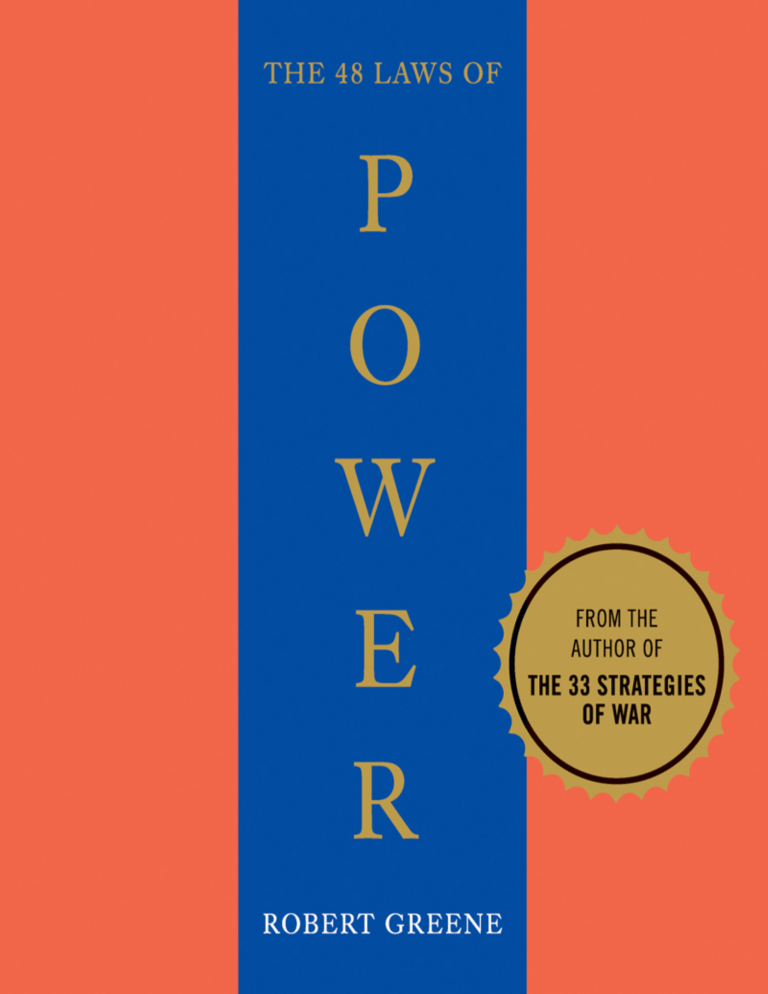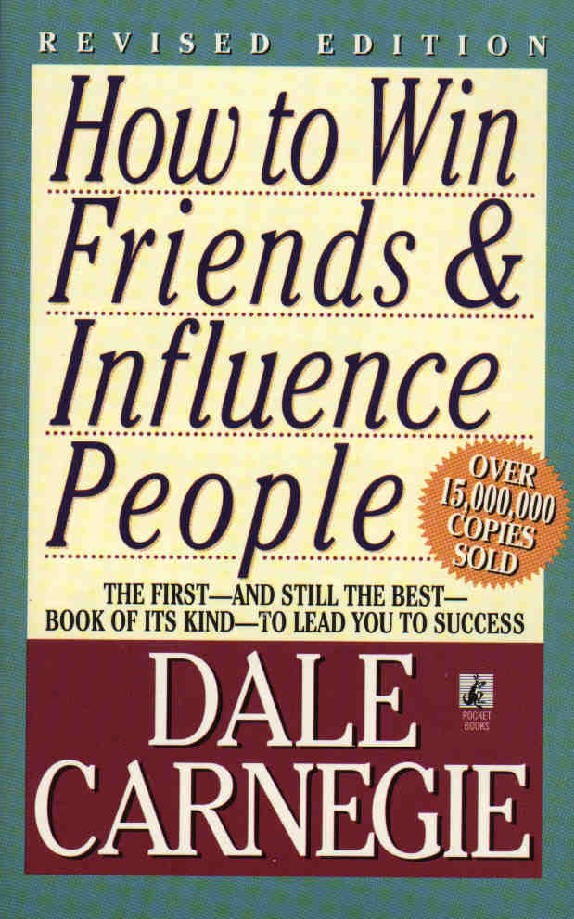Table of Contents
In Atomic Habits book summary, we delve into the groundbreaking book, Atomic Habits, by James Clear which presents a practical and insightful framework for understanding and transforming your habits. Weaving together scientific research and real-world examples, Clear provides a compelling argument for the transformative power of small, incremental changes.
This blog post will explore the key concepts and strategies presented in Atomic Habits, offering a comprehensive guide to building better habits and achieving remarkable results.
The Compounding Effect: Why Small Changes Matter
At the heart of Atomic Habits lies the principle of compounding, a concept often associated with finance but equally applicable to personal growth. Just as 1% interest compounded daily can turn a modest investment into a significant sum, consistent 1% improvements in your habits can yield extraordinary results over time.
Clear explains that while these small changes might seem insignificant initially, their cumulative effect is astounding. If you can get 1% better each day for a year, you’ll end up thirty-seven times better by the time you’re done. Conversely, even slight daily declines can lead to a significant decrease in performance over time.
To illustrate this point, Clear recounts the remarkable success of the British Cycling team, who, under the leadership of performance director Sir Dave Brailsford, adopted a philosophy of “the aggregation of marginal gains”.
Brailsford believed that by breaking down every aspect of cycling and improving each element by just 1%, the team could achieve a significant overall performance boost. This approach, focusing on seemingly minor details like testing different massage gels, optimizing sleep quality, and even painting the team truck white to spot dust, led the British Cycling team to unprecedented success on the world stage.
Shifting Your Focus: From Goals to Systems
While goals provide a sense of direction, Clear emphasizes that lasting change stems from focusing on the system, not the goal itself. He argues that “you do not rise to the level of your goals. You fall to the level of your systems”. In other words, your habits, routines, and processes ultimately determine your long-term outcomes.
Clear contends that goals are about the results you want to achieve, while systems are about the processes that lead to those results. By optimizing your systems, you create an environment conducive to continuous improvement, regardless of specific goals.
This shift in focus is crucial for sustainable growth, as it allows you to make progress even when motivation wanes or setbacks occur.
You do not rise to the level of your goals. You fall to the level of your systems
The Four Laws of Behavior Change: A Blueprint for Habit Transformation
Atomic Habits introduces a powerful framework for building good habits and breaking bad ones, centered around the Four Laws of Behavior Change. These laws, derived from a deep understanding of human psychology and behavior, offer a practical roadmap for habit transformation:
1. Make It Obvious
The first law addresses the importance of awareness and environmental design in shaping our habits. To make a good habit stick, it needs to be salient and readily accessible in your environment. Clear suggests several strategies for making the cues of good habits obvious:
● Habits Scorecard: This exercise involves meticulously listing your daily habits and categorizing them as good, bad, or neutral, depending on their alignment with your goals. This process brings awareness to your existing habits, providing a foundation for change.
● Implementation Intentions: This technique involves creating a specific plan for when and where you will perform a habit, using the formula “I will [BEHAVIOR] at [TIME] in [LOCATION]”. By clearly defining the context for your habit, you increase the likelihood of following through.
● Habit Stacking: This strategy leverages the power of association by linking a new habit to an existing one. The formula “After [CURRENT HABIT], I will [NEW HABIT]” provides a simple framework for seamlessly integrating new behaviors into your daily routine.
● Designing Your Environment: Recognizing the powerful influence of our surroundings, Clear advocates for consciously crafting an environment that supports your desired habits. This might involve making healthy snacks more visible, placing your workout clothes in a prominent location, or removing distractions from your workspace.

2. Make It Attractive
The second law focuses on enhancing the appeal of a habit by making it more desirable. Clear highlights the role of dopamine, a neurotransmitter associated with pleasure and motivation, in habit formation.
The anticipation of a reward triggers the release of dopamine, driving us to act. Therefore, to make a habit stick, we need to make it attractive by associating it with positive feelings. Clear suggests several strategies for achieving this:
● Temptation Bundling: This ingenious strategy combines a desired activity with a necessary one, using the Premack Principle, which states that “more probable behaviors will reinforce less probable behaviors”. By linking an activity you enjoy with one you need to do, you make the latter more appealing. For example, you could allow yourself to watch your favorite TV show only while exercising.
More probable behaviors will reinforce less probable behaviors
● Joining a Culture: Our social environment exerts a powerful influence on our behavior. Clear suggests joining a culture where your desired behavior is the norm, making it more attractive and reinforcing your identity. Surrounding yourself with people who share your values and aspirations can provide support, motivation, and a sense of belonging.
● Reframing Your Mindset: Instead of viewing habits as burdens or obligations, try reframing them as opportunities or privileges. By shifting your perspective to focus on the benefits and positive aspects of a habit, you make it more appealing and increase your motivation to engage in it.

3. Make It Easy
The third law emphasizes the importance of reducing friction and simplifying the execution of a habit. Clear asserts that “the more effort a habit requires, the less likely it is to become a habit”. He presents several strategies for making good habits easy to perform:
● The Law of Least Effort: This principle, borrowed from physics, suggests that we naturally gravitate toward behaviors that require the least amount of energy. Clear encourages us to design our environments to make good habits the most effortless choice.
● Two-Minute Rule: This simple yet powerful rule suggests breaking down habits into smaller, more manageable steps that take less than two minutes to start. By focusing on making the initial step as easy as possible, you overcome inertia and increase the likelihood of continuing the habit.
● Priming Your Environment: Similar to designing your environment, priming involves setting up your surroundings to facilitate the desired habit. This might involve laying out your workout clothes the night before, preparing a healthy breakfast in advance, or organizing your workspace to minimize distractions.
● Reducing Friction for Good Habits and Increasing It for Bad Ones: This strategy involves identifying and minimizing the obstacles that make good habits difficult, while simultaneously creating barriers for undesirable behaviors. This might involve unsubscribing from tempting emails, uninstalling distracting apps, or placing unhealthy snacks out of sight.

4. Make It Satisfying
The fourth law focuses on making a habit enjoyable and rewarding, increasing the likelihood of repetition. Clear emphasizes the importance of immediate gratification in habit formation, as our brains are wired to prioritize present rewards over future ones.
To make a habit stick, it needs to be satisfying in the short term, even if the long-term benefits are delayed. Clear suggests several strategies for making habits more satisfying:
● Using Reinforcement: This technique involves associating a habit with an immediate reward. This reward can be tangible, like a small treat, or intangible, like a feeling of accomplishment or pride. By linking a habit to a positive experience, you increase the likelihood of repeating it.
● Habit Tracking: This strategy involves monitoring your progress, providing a visual representation of your successes and reinforcing your commitment. Clear suggests using a simple habit tracker, like a calendar or journal, to mark off each day you successfully perform the habit. This visual reminder of your progress can be motivating and satisfying.
● Accountability Partners: Sharing your goals with a friend, family member, or coach can increase your sense of responsibility and make you more likely to follow through with your habits. Knowing that someone else is aware of your commitment can provide a powerful incentive to stay on track.
● Habit Contracts: This technique involves creating a formal agreement, often with an accountability partner, that outlines the consequences of not following through with a habit. By establishing clear stakes, you increase the perceived cost of failing to perform the habit, making it more likely that you’ll succeed.

The more effort a habit requires, the less likely it is to become a habit
The Transformative Power of Identity: Becoming the Architect of Your Habits
Clear goes beyond the mechanics of habit formation, emphasizing the profound interplay between our habits and our identities. He asserts that “habits shape your identity, and your identity shapes your habits”.
In other words, our actions not only reflect our beliefs about ourselves, but also actively shape those beliefs over time.
Habits shape your identity, and your identity shapes your habits
Clear suggests a two-step process for leveraging this connection to create lasting change:
1. Decide the type of person you want to be. Ask yourself, “Who is the type of person who could achieve [desired outcome]?”. This process helps clarify your desired identity, providing a guiding principle for habit selection.
2. Prove it to yourself with small wins. Once you have a clear picture of your desired identity, start taking small actions that align with that identity. Every time you act in accordance with your desired self-image, you cast a vote for that identity, solidifying it over time.
By focusing on building habits that reinforce your desired identity, you create a powerful cycle of positive change. Your actions shape your beliefs, and those beliefs, in turn, drive further action, leading to a gradual but profound transformation.
Beyond the Basics: Advanced Tactics for Habit Mastery
Atomic Habits offers a comprehensive framework for habit formation, but Clear doesn’t stop there. He provides several advanced tactics for refining your approach and achieving mastery in any area:
● Understanding Your Personality: Clear acknowledges that individual differences play a role in habit formation. He encourages readers to consider their natural tendencies and preferences when choosing habits. By selecting habits that align with your personality, you make them more enjoyable and sustainable.
● Finding Your Goldilocks Zone: Drawing on the psychological concept of the Yerkes-Dodson Law, which suggests that performance peaks at a moderate level of arousal, Clear introduces the Goldilocks Rule. This principle states that working on challenges that are just manageable—neither too easy nor too difficult—is crucial for maintaining motivation and achieving flow.
● Embracing Boredom: While novelty can be initially motivating, most habits eventually become routine. Clear emphasizes the importance of developing the ability to stick with habits even when they become monotonous. This requires cultivating a sense of discipline and embracing the process, recognizing that consistency is key to long-term success.
● Reflection and Review: Clear advocates for regularly reviewing your progress and making adjustments as needed. He suggests conducting periodic reviews to identify areas for improvement, refine your systems, and ensure that your habits are still aligned with your goals and values.
Conclusion: The Enduring Legacy of Atomic Habits
Tiny changes, remarkable results
Atomic Habits is more than just a self-help book; it’s a comprehensive guide to understanding the underlying principles of human behavior and leveraging those principles to create lasting change.
Clear’s framework is practical, actionable, and applicable to virtually any area of life. By embracing the power of small changes, focusing on building systems, and aligning your habits with your desired identity, you can unlock your full potential and achieve remarkable results. As Clear aptly concludes, “tiny changes, remarkable results”.
Who should read Atomic Habits?
This book is suitable for anyone interested in personal development, productivity, and achieving their goals.
Specific groups of people who would benefit from reading the book include:
- Individuals Seeking Self-Improvement The book provides a framework for understanding how habits work and how to build better habits like waking up early or going on a diet.
- Professionals Looking to Increase Productivity The book shares strategies for improving focus, organization, and efficiency in work settings.
- Anyone Struggling to Break Bad Habits The book offers practical techniques for identifying and eliminating negative behaviors.
- Parents Wanting to Teach Their Children Good Habits The book includes a bonus chapter on applying the principles of Atomic Habits to parenting.
- Business Leaders Focused on Company Culture The book contains insights on building a culture that supports positive habits.
Atomic Habits is a comprehensive guide to understanding and changing human behavior. Anyone looking to make positive changes in their lives can benefit from the insights and actionable advice presented in the book.

Liked Atomic Habits book summary? Read other book summaries here
You may also like:








Leave a Reply to Talking to Strangers: A Free Book Summary – Smart Owl Book Digest Cancel reply